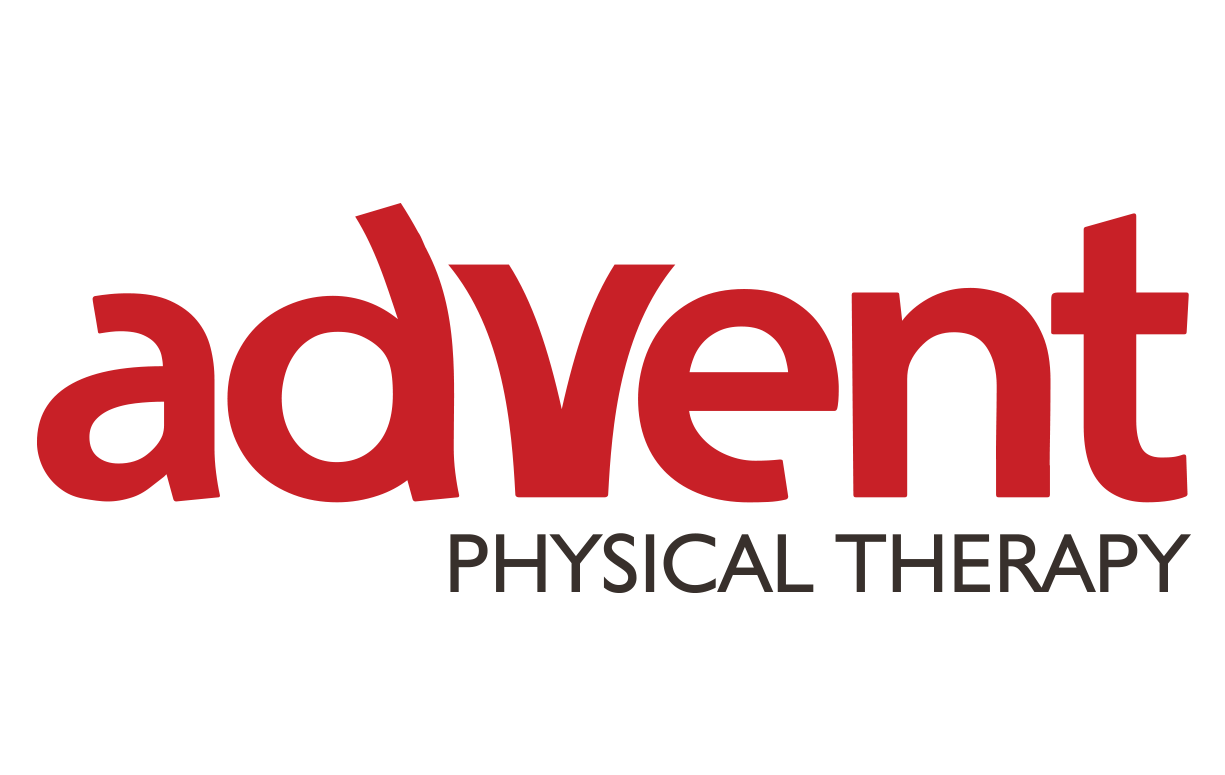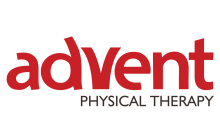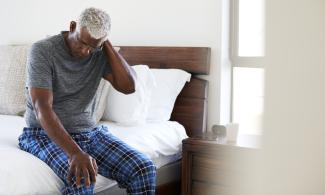Advent Physical Therapy - Cherry Street
Our Address
245 Cherry St SE Suite 102Grand Rapids, Michigan 49503
Phone: 616-577-8319
Fax: 866-563-0637
Business Hours
We are focused on helping you rehabilitate your pelvic floor
Pelvic floor rehabilitation is a relatively new area of physical therapy that many people may not be familiar with. A trained physical therapist can use pelvic therapy to help you reduce or completely eliminate the pain and symptoms associated with several types of conditions. Chronic pelvic pain, urinary incontinence and pain after abdominal surgery are just a few of the problems that can be treated with this type of therapy. Contact us today to learn how we can help you relieve pain and improve physical functioning through the use of pelvic floor rehab.
What is pelvic floor rehabilitation?
Pelvic rehabilitation is a type of therapy for strengthening the pelvic floor muscles, ligaments and tendons. Muscles in the pelvic area sometimes become tight or weak, leading to a variety of painful or debilitating ailments that can affect your daily life. A physical therapist will provide a musculoskeletal examination to determine what specific type of treatment you'll need. The therapist will also likely want to get as much of your medical history as possible. Pelvic floor rehab would include a combination of manual therapy as well as technological therapies such as biofeedback and electrical stimulation. Specific treatments would involve several types of exercises and relaxation techniques. You may also be given a home program that includes a list of therapeutic exercises you'll need to follow. There are other types of physical therapy services the therapist may provide besides treating injury and pain. A trained physical therapist who specializes in pelvic rehabilitation may also provide proactive and preventive treatment such as preparing a woman for childbirth. This may make the delivery easier as well as possibly prevent a C-section.
What techniques are used?
There are several specific techniques a therapist may use during a pelvic therapy session. The type of exercises and methods your physical therapist uses will depend on the treatment plan created to address your particular condition.
- Postural exercises: These types of exercises specifically improve posture and muscles affecting posture. Large therapy balls or medicine balls may be incorporated into your exercise routine.
- Myofascial exercises: Myofascial pain can result from trigger points located all over the body. Myofascial exercises will target the pelvic floor muscles and the connecting fascia. Stretches, hands-on manipulation and bouts of light exercise may all be part of the treatment prescribed by your physical therapist.
- Diaphragmatic breathing: Deep breathing exercises can help relax muscles in the pelvic area. Deep breaths allow your diaphragm to slowly contract and expand. This, in turn, causes muscles in the pelvic floor to drop and lengthen.
- Relaxation techniques: There are several techniques your therapist can use to help you relax. A few include guided imagery and biofeedback. Once you're relaxed, it will make it easier for your therapist to work and stretch your muscles.
We can also help people with techniques like urinary condition symptoms treatment, bladder retraining and oncology rehab.
Conditions We Treat
- Ankle Pain
- Arthritis
- Auto Injury
- Back Pain
- Balance/Gait
- Chronic Pain
- Concussion
- Elbow Pain
- Ergonomics
- Fibromyalgia
- Foot Pain
- Gross Motor Delay
- Hand and Wrist Pain
- Headaches
- Hip Pain
- Incontinence
- Knee Pain
- Lymphedema
- Neck Pain
- Neurological
- Osteoporosis
- Pelvic health
- Plantar Fasciitis
- Posture
- Pre- & Post-Surgical
- Prenatal/Postpartum
- Sciatica
- Shoulder Pain
- Sports Injuries
- TMJ
- Torticollis
- Workers' Comp
Treatments we use to help you
- Annual PT Checkups
- At-home Care
- Balance Training
- Cancer Rehab/Oncology
- Covid-19 Recovery
- Cupping
- Direct access
- Dry Needling
- Fall Prevention
- Functional Capacity Evaluation
- IASTM Technique
- Kinesiology Taping
- Manual therapy
- McKenzie Method
- Pediatrics
- Redcord System
- Sports medicine
- Vestibular Rehab
- Virtual Physical Therapy
- Work Conditioning Program
Patient Paperwork and Links
In-Clinic or At-Home Visit Intake Forms:
- New Evaluation English: (In-Person New Patient Evaluation Form - Online (English) or New Evaluation Form - English)
- Nueva Cita – Espanol: (Nueva Cita – Espanol o Nueva Cita - Espanol)
Virtual Visit Intake Forms:
Related Blogs

We’ve all experienced pain in our bodies. From injuries to tension headaches, nearly everyone knows what it’s like to feel a sting, ache or burn.

The McKenzie Method of physical therapy emphasizes extremely accurate diagnosis as well as self-treatment and patient engagement.


